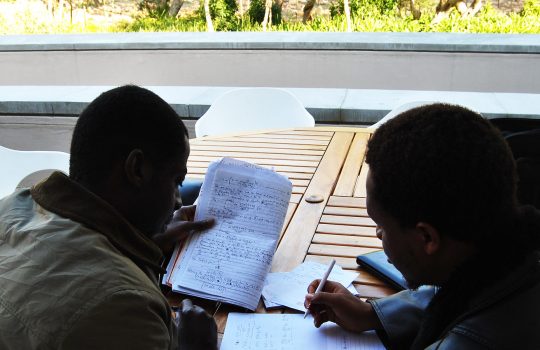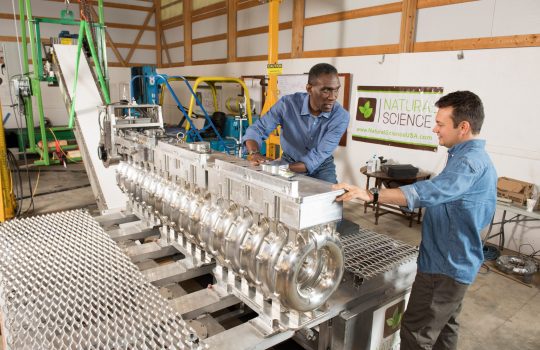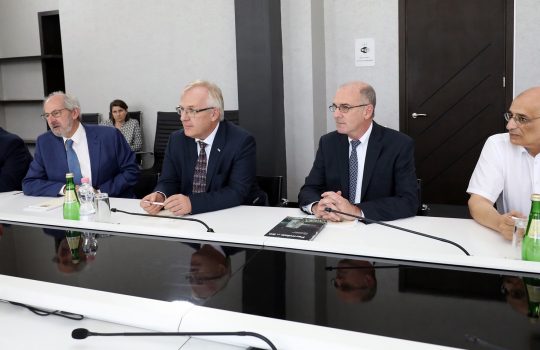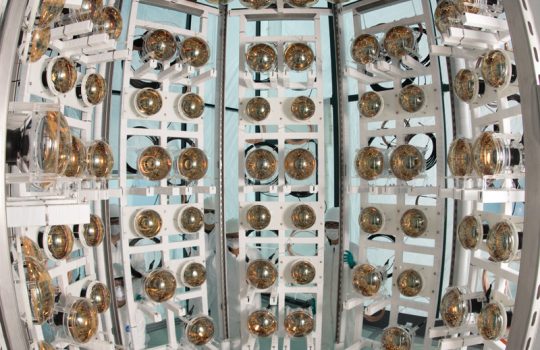Building up the African physics community
Since 2010, the African School of Fundamental Physics and Applications has provided education to hundreds of students. The ASP is a three-week summer program for university-level students from across the continent of Africa. Participants learn about nuclear and particle physics, astrophysics and cosmology, accelerator physics, high-performance computing, quantum information and more. For some students, it’s the first time they hear about some of these topics.






